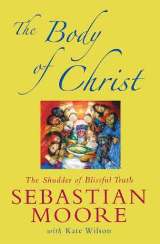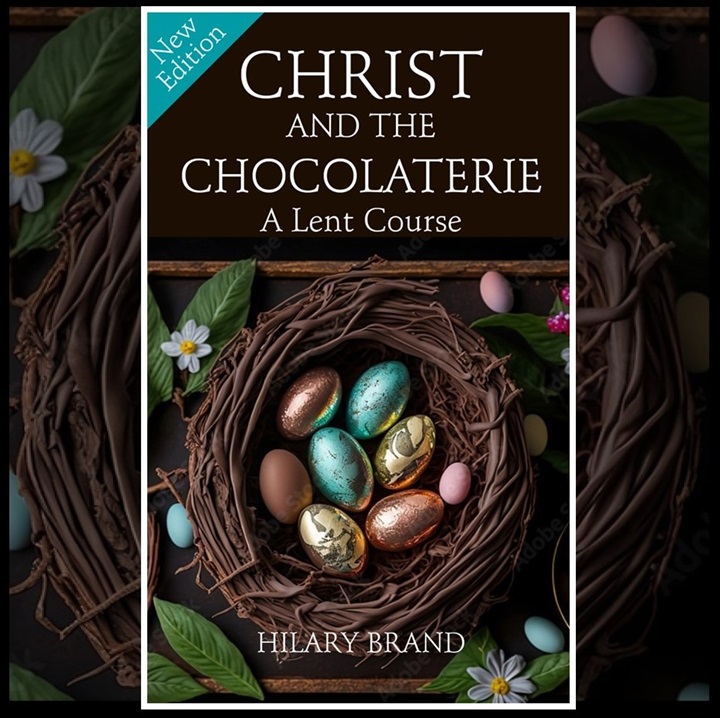Dr Kate Sotejeff-Wilson remembers the theologian and poet ...
Theologian and poet Dom Sebastian Moore died on 28th February 2014, in his 96th year and the 75th year of his monastic profession. Born in India on 21st December 1917, but growing up in England from the age of one, he attended Downside School and spent three years in the navy at his father’s insistence before becoming a Benedictine. He wrote every day and always shared his reflections with others: copies of his latest collection of sonnets, Remembered Bliss (Lapwing Publications: 2014), arrived at Downside on the morning he died. In it, he told the reader, “I’m ninety-six, and for most of my life I’ve been a monk. My life as a monk has been, for the most part, the search for God as real.”
The real and radical person of Jesus was central to Sebastian’s work, from recent writing including - The Body of Christ: The Shudder of Blissful Truth (DLT: 2011) and The Contagion of Jesus: Doing Theology as if it Mattered (DLT: 2007), all the way back to The Crucified Jesus is no Stranger (DLT: 1977). “Jesus always seemed in his head an extremely radical and contemporary figure. He made any question of faith exciting and challenging,” his great-nephew Ralph Fiennes remembered in The Tablet.
For Sebastian, Jesus was, to cite another title of his, the liberator of desire. After René Girard, he realised “desire is love trying to happen” – not a source of guilt, but a driving force, bringing us closer to the God who made us to love. This God, who made us to love, does not condemn our ways of loving. Sebastian was open about his homosexuality and a critical voice in the debate on sexual ethics and reform in the Church, from the consultation before Humanae Vitae to the preparations for the Synod on the Family half a century later.
Sebastian was always reading something new, writing every day to engage with the theological concepts he honed and passing these on. He studied English literature at Cambridge and theology at St Anselmo in Rome, and went on to influence generations of students at Downside. He later taught at the Jesuit Marquette University and Boston College during three decades of exclaustration in the States, which he chose over returning to Downside from parish ministry at Liverpool docks in the 1960s.
From typescripts after mass at the dockside, to emailed sermons and sonnets in the last few years, Sebastian shared his thoughts widely. The last time I saw him, when we met last autumn to discuss our second book together, he was asking the same questions: What do you think (about the new pope, about a new theologian he was reading, about everything)? What are you writing? Though in his last weeks he was frailer, and moved to Fosse House nursing home near Downside, his mind was as clear as ever.
Crucially, Sebastian’s theology was rooted in his own prayer. His first breakthrough came just before his dedication in 1944, when, following Abbot Chapman’s advice, he admitted his boredom with mental prayer and, in this honesty, discovered the presence of God’s love. His second breakthrough was his discovery of Eckhart Tolle’s idea of the pain-body, or “feeling bad about feeling good”, the false self which is addicted to sadness. To get beyond this ego was to discover again the bliss of God’s love:
“At the heart of the universe there is a stillness, the place where God is man in desire which is love trying to happen… The point is that what we believe and teach, what the saving Passion made Paul nearly incoherent with ecstasy, needs to find at the still point an energising of the heart. In contrast with this huge concentration is an insipid and consciously explanatory theology. We have to pray, with the deepest in us whither we are led by a contemplative tradition to come daily into this critical mass of divine energy, desire being love in and among us.” (Sebastian Moore OSB, 15th June 2013).
Sebastian has now reached that critical mass of divine energy. He will be remembered for his questioning and challenging, as an inspirational, courageous and loving friend.
Dr Kate Sotejeff-Wilson, Feast of the Annunciation, 25th March 2014

 Follow us
Follow us Connect with us
Connect with us Pinterest
Pinterest Writers' videos
Writers' videos Instagram
Instagram




